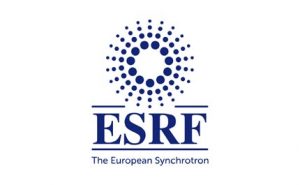Training materials
-
Recorded webinar
I made my code open - now what? Steps to a thriving open software project
Software management FAIR data Open science Machine learning
-
Recorded webinar
A FAIR and scalable workflow for plankton phenogenomics at single cell level
Data management Marine biology Bioimaging FAIR data Workflows
-
Nanopublication Tutorial at ESWC 2025
 •• intermediateFAIR data Computer science Data management Semantic Web decentralization nanopublication
•• intermediateFAIR data Computer science Data management Semantic Web decentralization nanopublication -
carpentries-incubator/FAIR-research-data-coursebook
Data management FAIR data
-
Open Science in the Swedish context
FAIR data Data management Reproducibility
-
ILL Data Portal
• beginnerILL data portal data management metadata Open data data proposal FAIR Data Principles EOSC PaNOSC Photon and Neutron scientific data repository -
service
MAX IV Open Data Repository
Data management data management discovery doi persistent identifiers metadata X-rays Photon science Open Science PaN …
-
service
MAX IV Metadata Catalogue SciCat
Data management data management SciCat catalogue X-rays Photon science discovery PaN PaNOSC
-
service
Materials Cloud Archive
Open data Materials Science Computing Simulations
-
service
ESRF VISA Service
 •• intermediateVISA compute hardware data analysis Data login required PaNOSC Virtual Research Environment
•• intermediateVISA compute hardware data analysis Data login required PaNOSC Virtual Research Environment